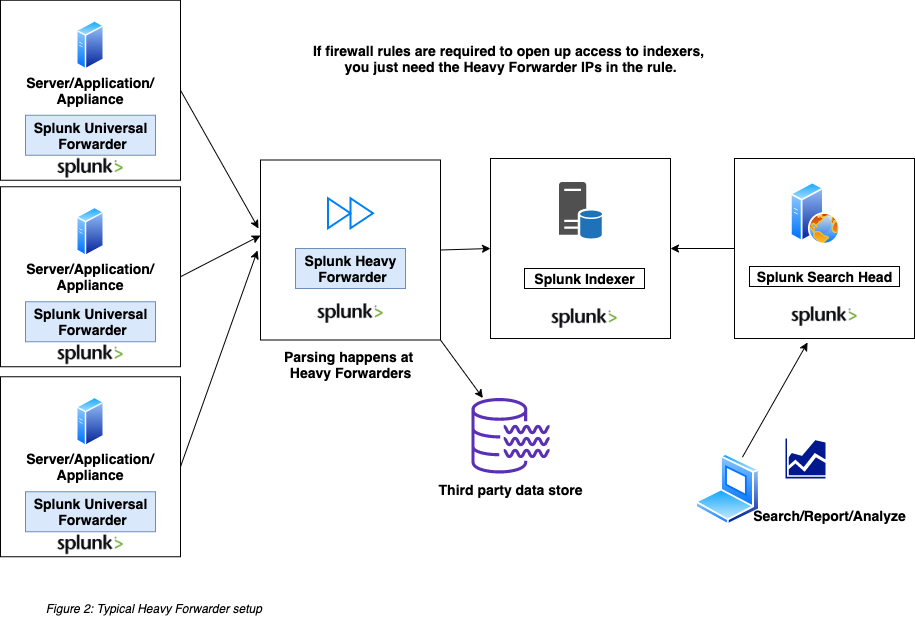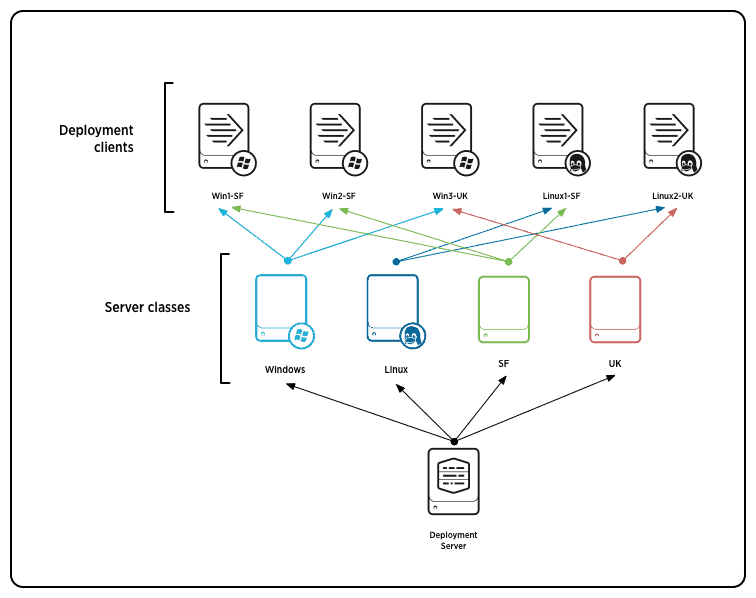

They also vary if you use premium applications such as ITSI, Enterprise Security, User Behavior Analytics, and so on. This variance in compression cost and performance significantly impacts the solution performance and storage requirements, including the ingest rate.

Highly repetitive data such as log files can have a significant compression ratio. Random binary data does not result in any compression savings. The compression ratio that results (compress sized or original size) is usually less than one (1) and varies depending upon the incoming data.

The ability to search the compressed data.The resulting data is stored on disk, resulting in: Common strings are found in the data, and pointers to the information are generated. Splunk indexing is similar to compression algorithms. See Table 1 for a summary of the configurations and minimum server counts. Splunk can be deployed in single instance mode, distributed mode, or indexer cluster mode in this reference architecture. This reference architecture describes Splunk Enterprise on Dell EMC Infrastructure for three configurations covering a range of customer needs. It includes all the hardware, software, resources, and services that are required to deploy and manage Splunk Enterprise in a production environment. The Reference Architecture for Splunk Enterprise on Dell EMC Infrastructure is designed based on extensive customer experience with real-world Splunk production installations. Splunk index buckets Configuration sizing summary Figure 5 provides more information about Splunk bucket concepts.įigure 5. However, this paper shows how Isilon’s massive scalability and competitive cost of ownership can enable you to retain more searchable data in the cold bucket. You might choose to use frozen buckets to meet compliance retention requirements.
#Splunk enterprise security architecture manual
Manual user action is required to bring the data back into Splunk Enterprise buckets to be searchable. NAS technologies offer an acceptable blend of performance and lower cost per TB, making them a good choice for longer-term retention of cold data.ĭata can also be archived or frozen, but such data is no longer searchable by Splunk search heads. If the latency is less than 5 milliseconds (ideally) and not more than 200 milliseconds, cold data may reside on a Network File System (NFS) mount. When the number of warm buckets or volume size is exceeded, data is rolled into a cold bucket, which can reside on another tier of storage. The reason is that it has the biggest impact on your Splunk Enterprise deployment performance. The storage that is identified for hot/warm data must be your fastest storage tier. The only difference is that warm buckets are read-only. Warm buckets reside on the same tier of storage as hot buckets.
#Splunk enterprise security architecture software
Splunk Enterprise is a software platform that enables you to collect, index, and visualize machine-generated data that is gathered from different sources in your IT infrastructure.


 0 kommentar(er)
0 kommentar(er)
